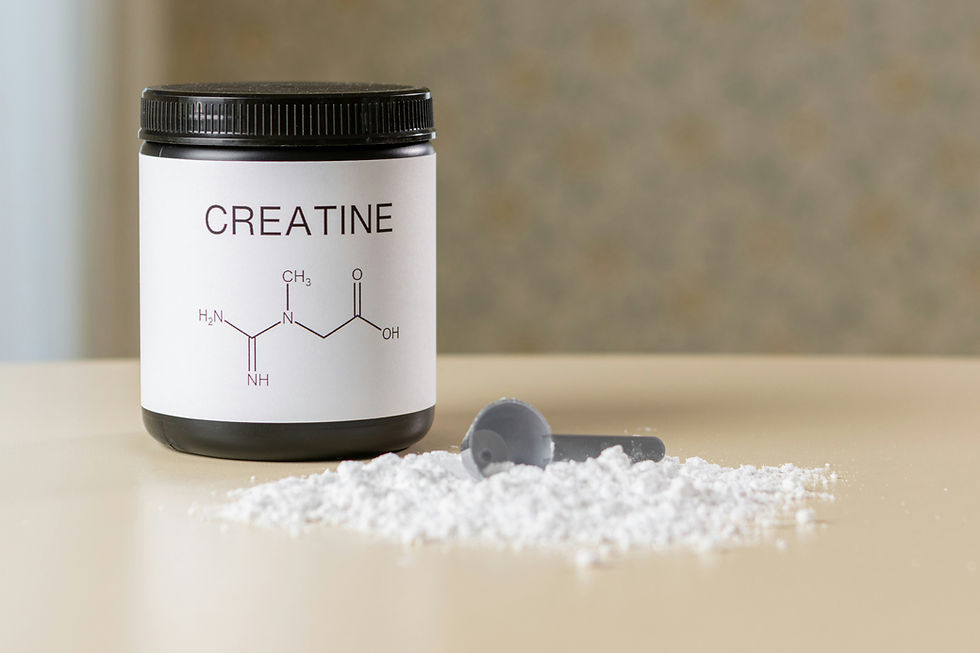Say Goodbye to IT Band Pain: Your Ultimate Guide to Relief and Recovery
- Dr. Daniel Hockstra

- Sep 6, 2024
- 3 min read
Updated: Jul 16, 2025

If you've ever experienced sharp pain on the outside of your knee while running, cycling, or even just walking, you might be familiar with IT Band Syndrome. This common condition can be a major setback for athletes and fitness enthusiasts, but understanding it better can lead to effective treatment and prevention strategies.
What is IT Band Syndrome?
Iliotibial (IT) Band Syndrome is a common overuse injury that affects the IT band, a thick band of connective tissue that runs from the outer side of your hip to the outer side of your knee. The IT band helps stabilize and move the knee joint. When it becomes tight or inflamed, it can cause pain and discomfort, typically on the outer side of the knee.
Causes of IT Band Syndrome
The primary cause of IT Band Syndrome is repetitive stress. Activities that involve a lot of knee bending and straightening, such as running, cycling, and hiking, can lead to irritation of the IT band. This irritation usually occurs where the IT band crosses the knee joint, causing friction and inflammation.
Other factors that can contribute to IT Band Syndrome include:
Poor Biomechanics: Abnormal gait or running form can place extra stress on the IT band.
Muscle Imbalances: Weakness or tightness in the hip and thigh muscles can affect the IT band's function.
Overuse: Increasing activity levels too quickly without adequate rest can overwhelm the IT band.
Major Changes in Surface/Terrain: If you walk/run mainly on flat surfaces and then switch to hills and inclines, you could irritate the IT band. Make subtle and gradual changes to your exercise routine.
Improper Footwear: Shoes that don’t provide adequate support or are worn out can contribute to alignment issues.
Symptoms of IT Band Syndrome
The hallmark symptom of IT Band Syndrome is pain on the outer side of the knee, which can vary from a dull ache to a sharp pain. Other symptoms include:
Pain that worsens with activity: Activities like running, cycling, or climbing stairs can exacerbate the pain.
Tenderness: The outer side of the knee may feel tender to the touch.
Treatment and Management
Treating IT Band Syndrome typically involves a combination of the following strategies:
Rest and Activity Modification: Reducing or avoiding activities that trigger the pain is crucial. This allows the IT band to heal and reduces inflammation.
Ice Therapy: Applying ice to the affected area can help reduce swelling and numb the pain.
Stretching and Strengthening Exercises: Stretching the IT band and the surrounding muscles, such as the quadriceps, hamstrings, and hip flexors, can relieve tension. Strengthening exercises for the hip abductors and glutes can help improve biomechanics and prevent future issues.
Foam Rolling: Using a foam roller on the IT band and surrounding muscles can help release tightness and improve flexibility.
Proper Footwear: Wearing supportive shoes and considering custom orthotics can correct alignment issues and reduce strain on the IT band.
Chiropractic: Dr. Hockstra can address muscle imbalances and make adjustments to maintain proper alignment and encourage proper movement patterns. Functional taping is also something Dr. H offers that can help.
Prevention Tips
Gradual Progression: Increase your activity levels gradually to avoid overuse injuries.
Strength and Flexibility Training: Regularly include exercises that target the hips, glutes, and core to support proper alignment and reduce stress on the IT band.
Proper Footwear: Invest in good-quality shoes that provide adequate support and cushioning. Avoid shoes that are labled as "corrective" or promise to offer "stability". Ideally, you want a neutral shoe to allow for natural movement.
Warm-Up and Cool-Down: Incorporate warm-up and cool-down routines into your workouts to prepare your muscles and joints for exercise and aid recovery.
Conclusion
IT Band Syndrome can be a frustrating and painful condition, but with proper diagnosis and treatment, most people can make a full recovery and return to their favorite activities. By understanding the causes, symptoms, and management strategies, you can take proactive steps to prevent IT Band Syndrome and keep moving comfortably.
Remember, if you're experiencing persistent or severe knee pain, schedule an appointment with Dr. Hockstra for a personalized assessment and treatment!




Comments